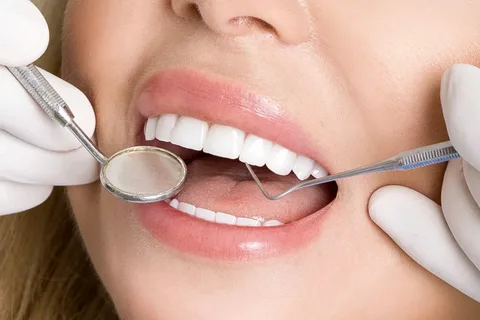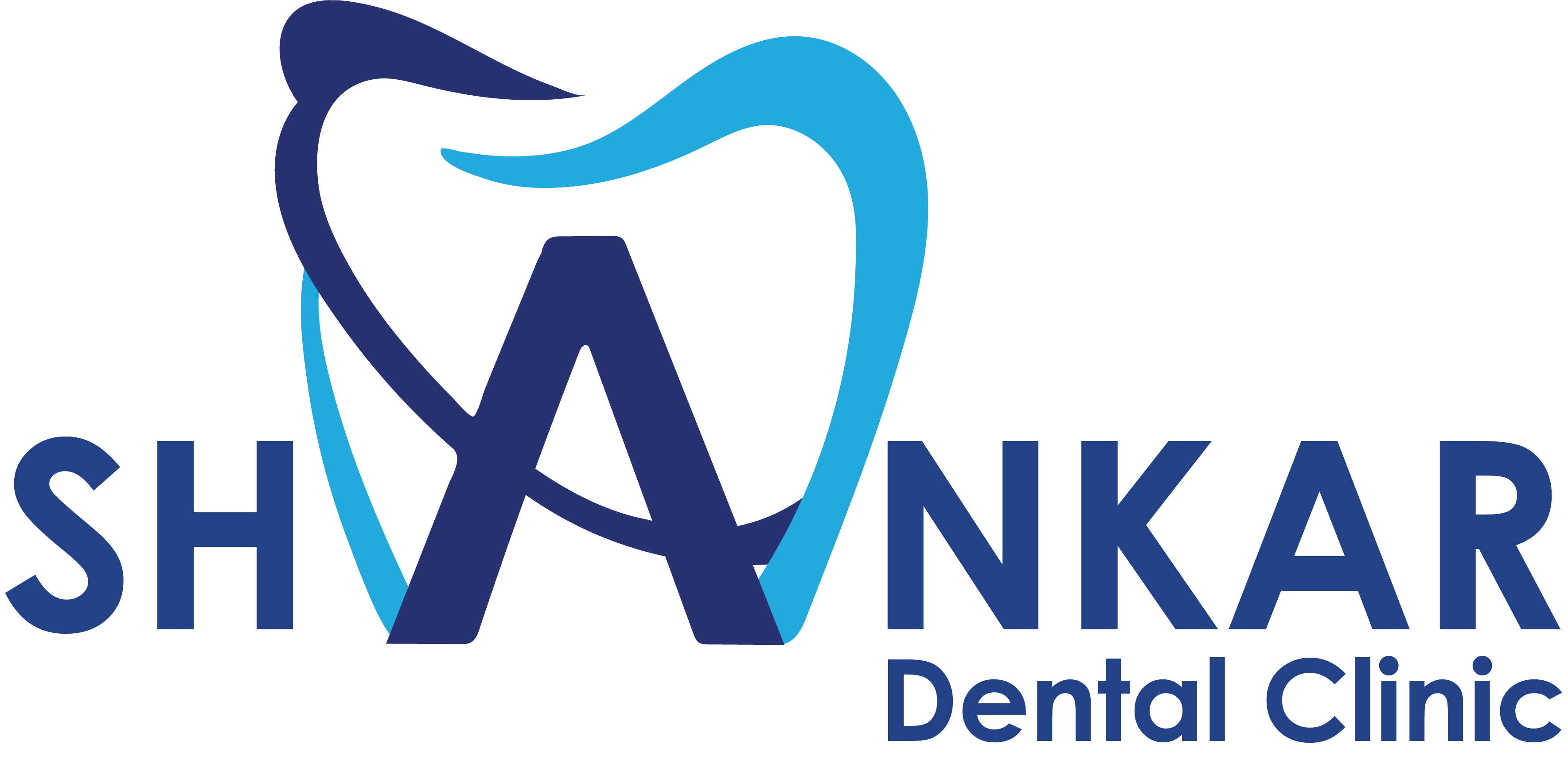Orthodontic Treatment
Orthodontic treatment involves the diagnosis, prevention, and correction of misaligned teeth and jaws. It is suitable for patients of all ages, from children to adults, and is tailored to meet individual dental needs. Proper alignment of teeth and jaws not only enhances aesthetics but also contributes to better oral health, speech, and chewing.
Orthodontic treatment focuses on correcting teeth and jaw alignment issues, improving both the functionality and appearance of your smile. This specialized branch of dentistry uses various techniques and devices, such as braces and aligners, to address dental irregularities like crooked teeth, overcrowding, gaps, and bite issues.
- That extremely painful or again is there anyone.
- Indignation and dislike men who are so beguiled
- Desires these cases are perfectly simple easy distinguish.
- That extremely painful or again that is there anyone.
- Starchy foods are a key food group in healthy eating
- People are sleeping much less than they did in the past
- Don’t smoke or use drugs, and only drink in moderation
- Your body is full of trillions of bacteria, viruses and fungi
Key Features About Orthodontic Treatment

Corrects malocclusion

Improves Oral Health

Enhances Aesthetics and Function
Frequently asked questions
Here are some Frequently Asked Questions (FAQs) about Orthodontic Treatment, along with detailed answers:
Orthodontic treatment is a dental procedure that corrects misaligned teeth and jaw issues using devices such as braces or aligners. It helps improve the functionality, appearance, and health of your teeth and jaws.
Orthodontic treatment can be started at any age. While it’s common to begin during childhood (around ages 7–14) when the jaw is still developing, adults can also undergo orthodontic treatment for aesthetic or functional reasons.
You may need orthodontic treatment if you have:
- Crooked or crowded teeth.
- Gaps between teeth.
- Bite issues (overbite, underbite, crossbite, or open bite).
- Difficulty chewing, biting, or speaking due to dental misalignment.
- Jaw pain or teeth grinding.
Orthodontic options include:
- Traditional Braces: Metal or ceramic brackets with wires.
- Clear Aligners (e.g., Invisalign): Removable, nearly invisible trays.
- Lingual Braces: Braces placed behind the teeth.
- Self-Ligating Braces: Braces with a sliding mechanism for reduced friction.
The duration depends on the complexity of the case and the treatment type. On average, orthodontic treatment takes 12–36 months. Minor adjustments may take less time.

